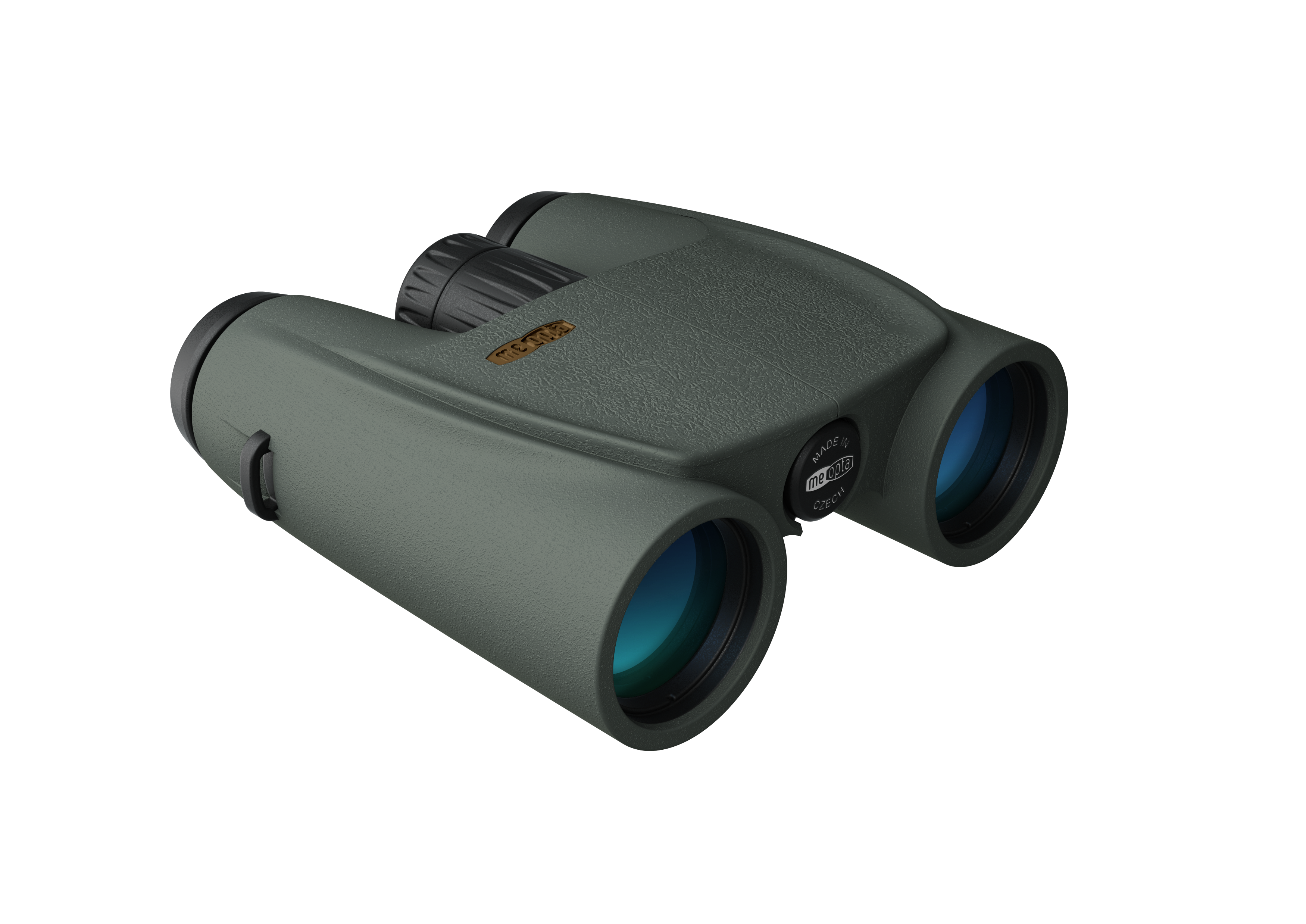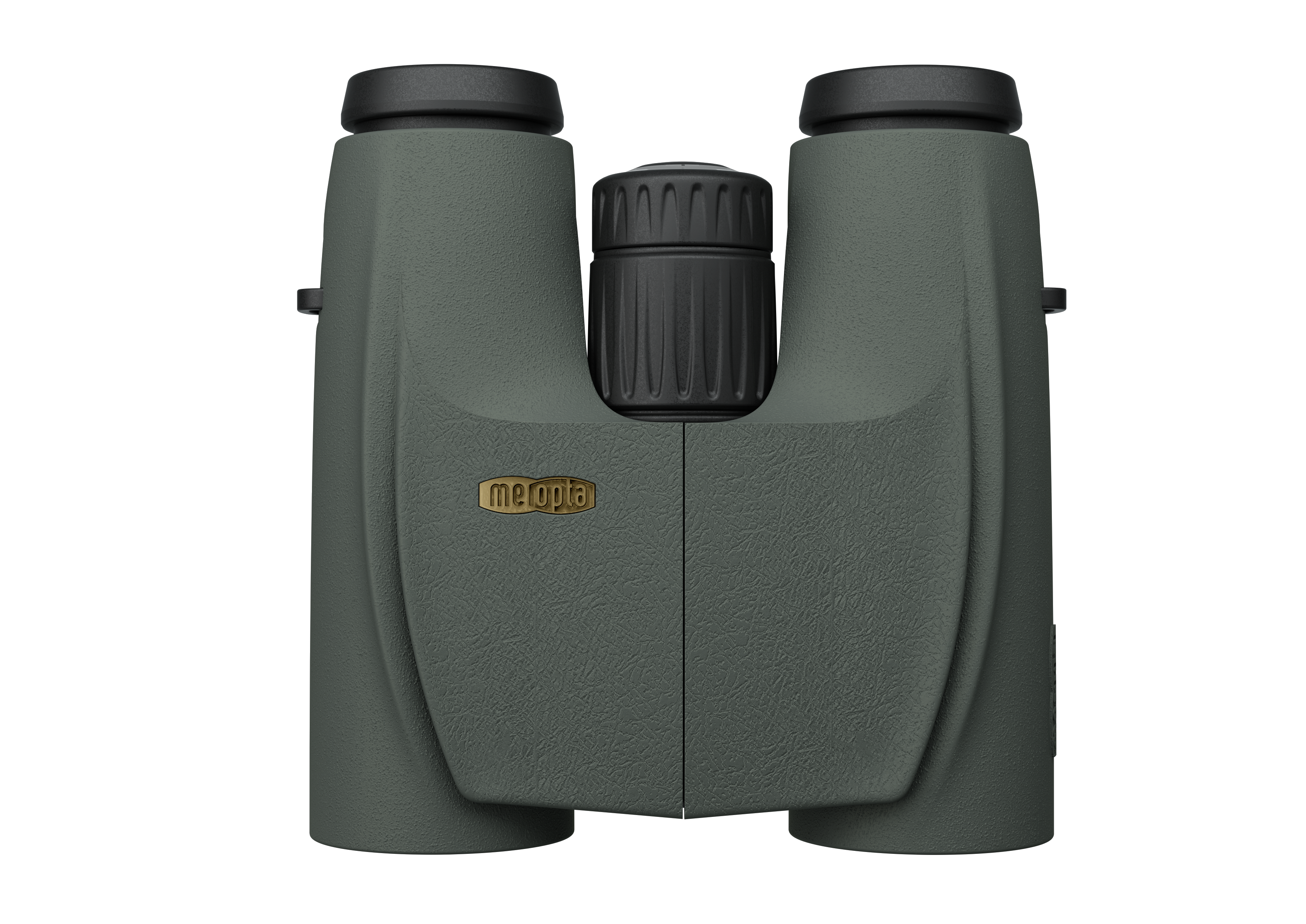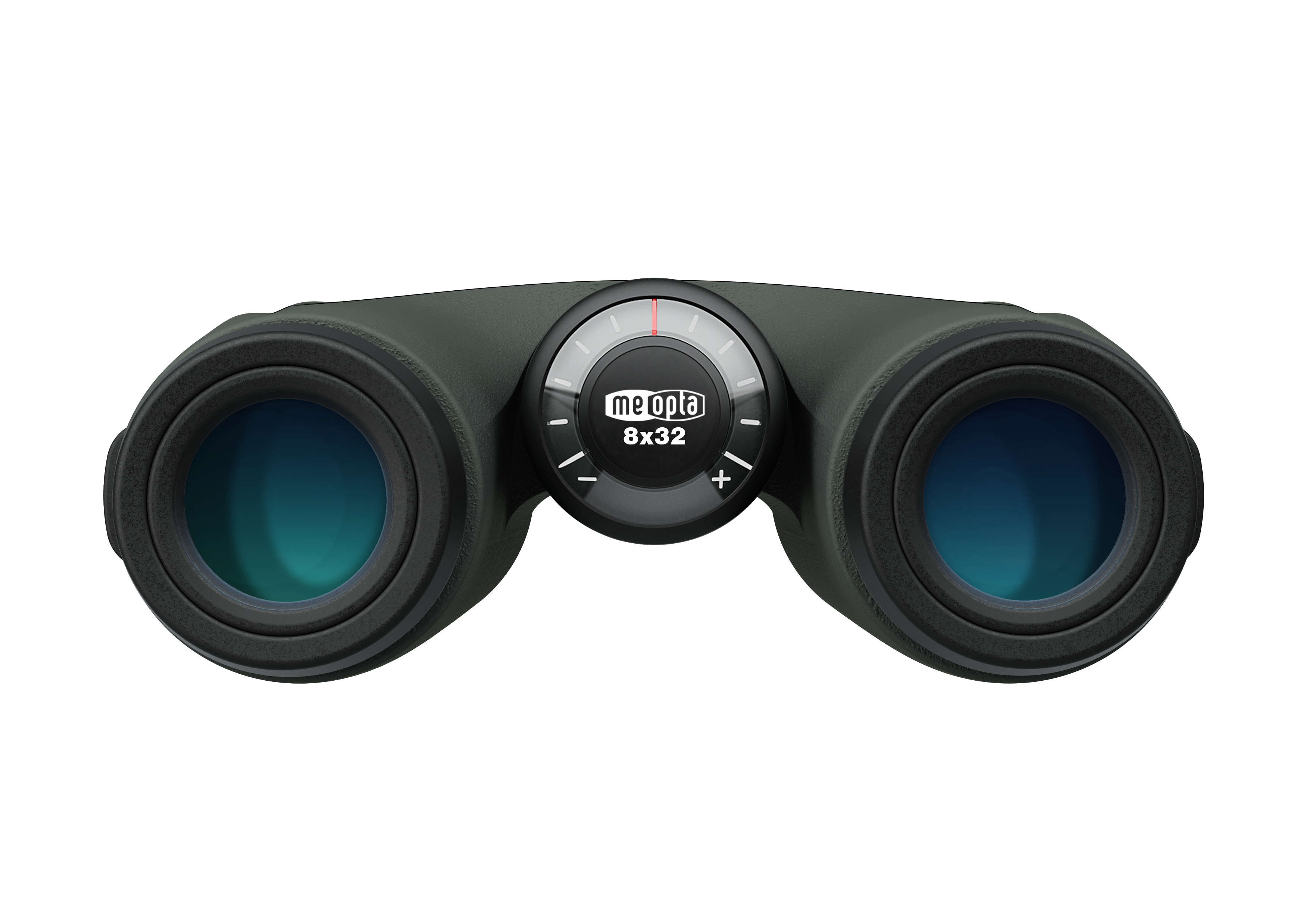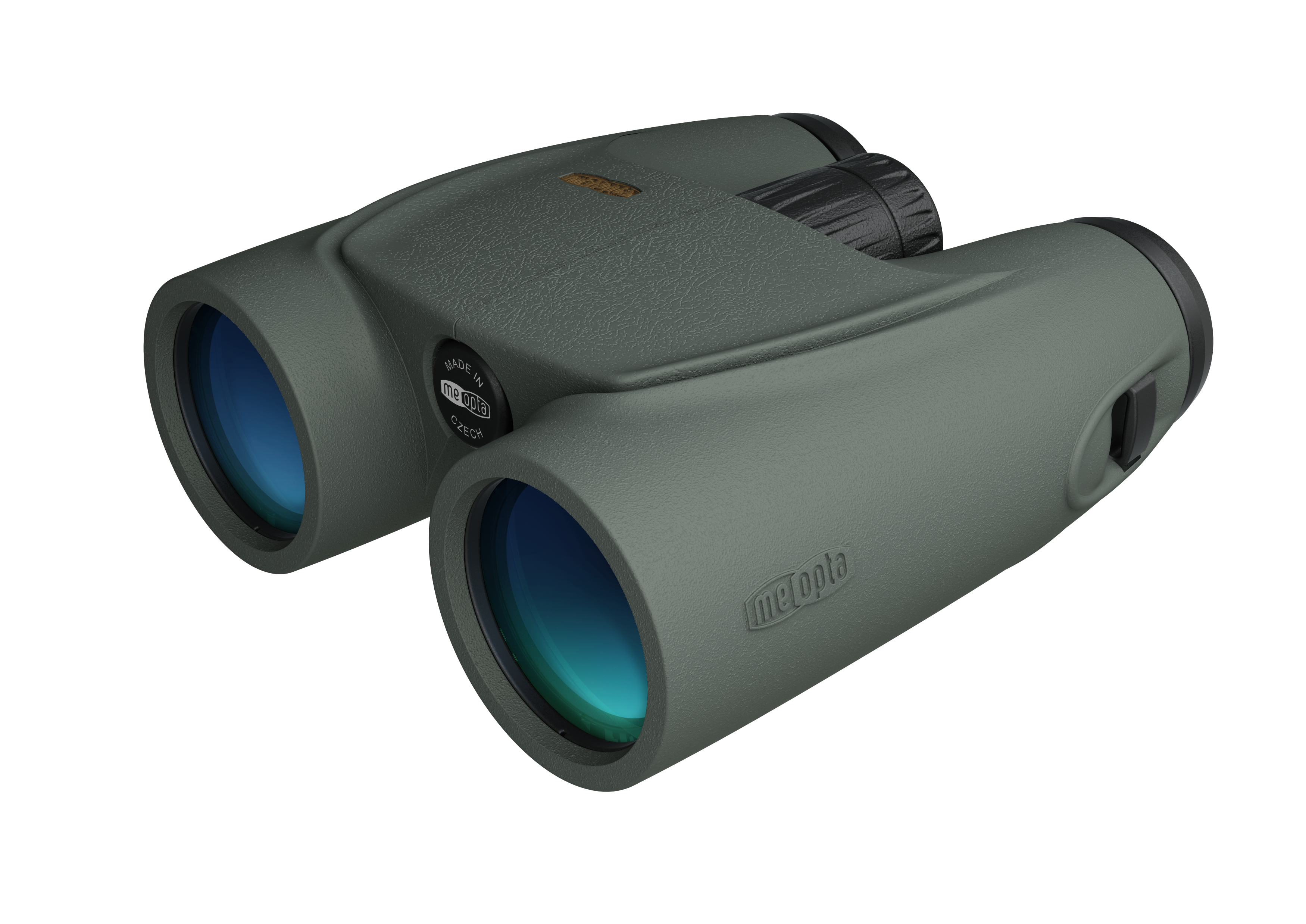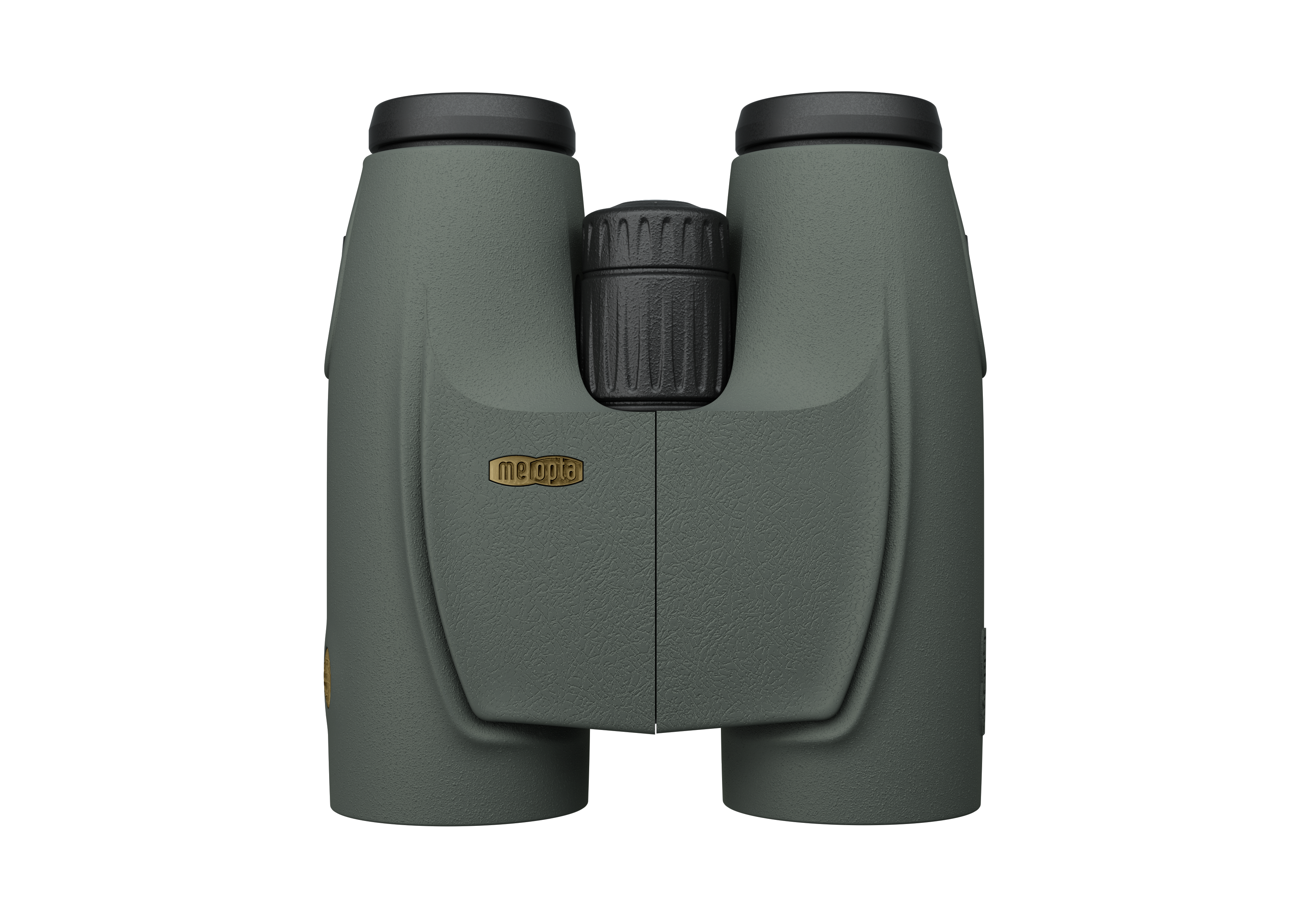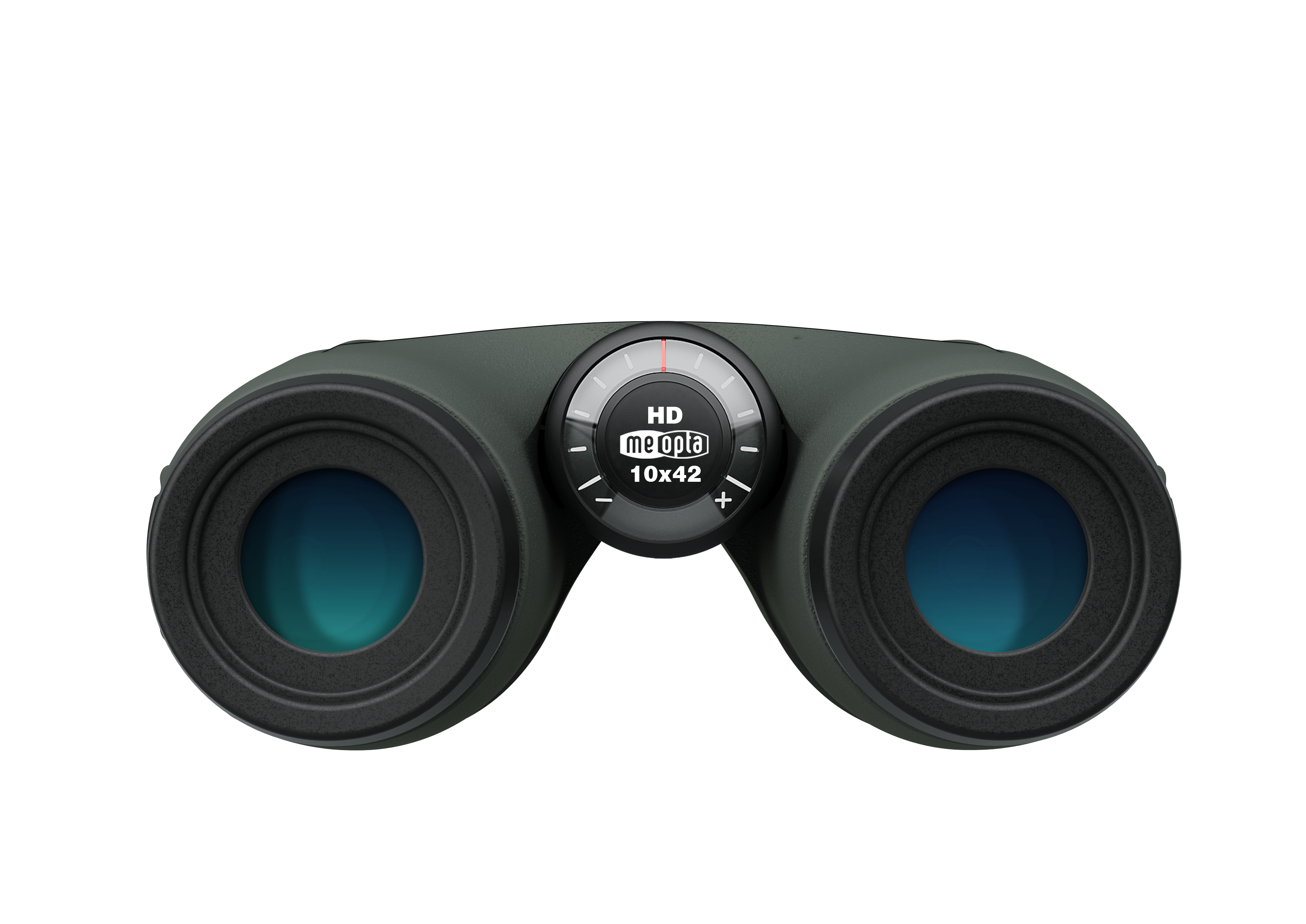Birdwatching:
How to get started and choose the best binocular for birding?
It won't work without binocular, and it is no exaggeration to say that the better the binocular, the more birds in detail you can see. But which binocular to choose when there is a vast number of products on the market at prices ranging from several hundred to thousands of dollars?
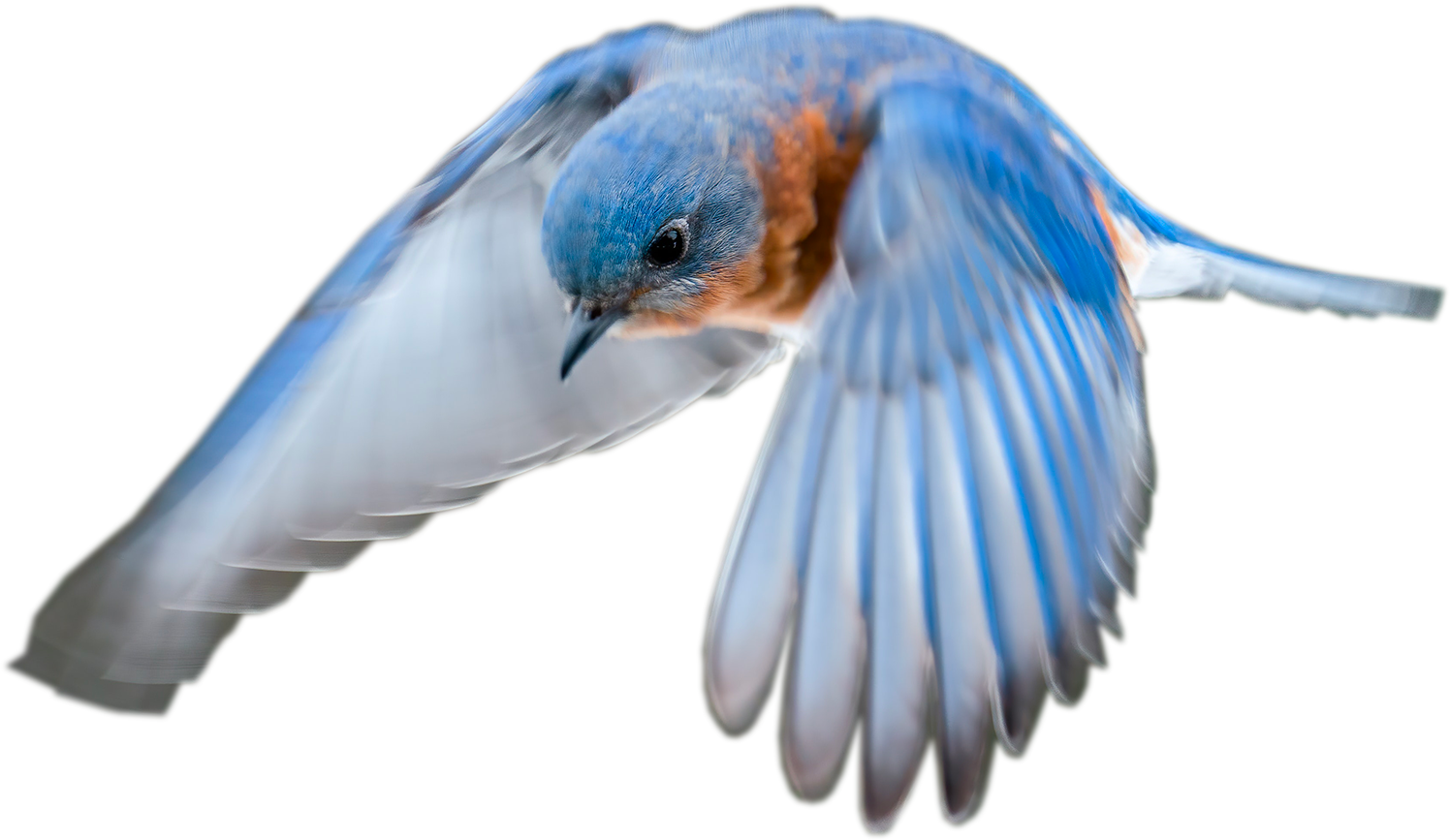
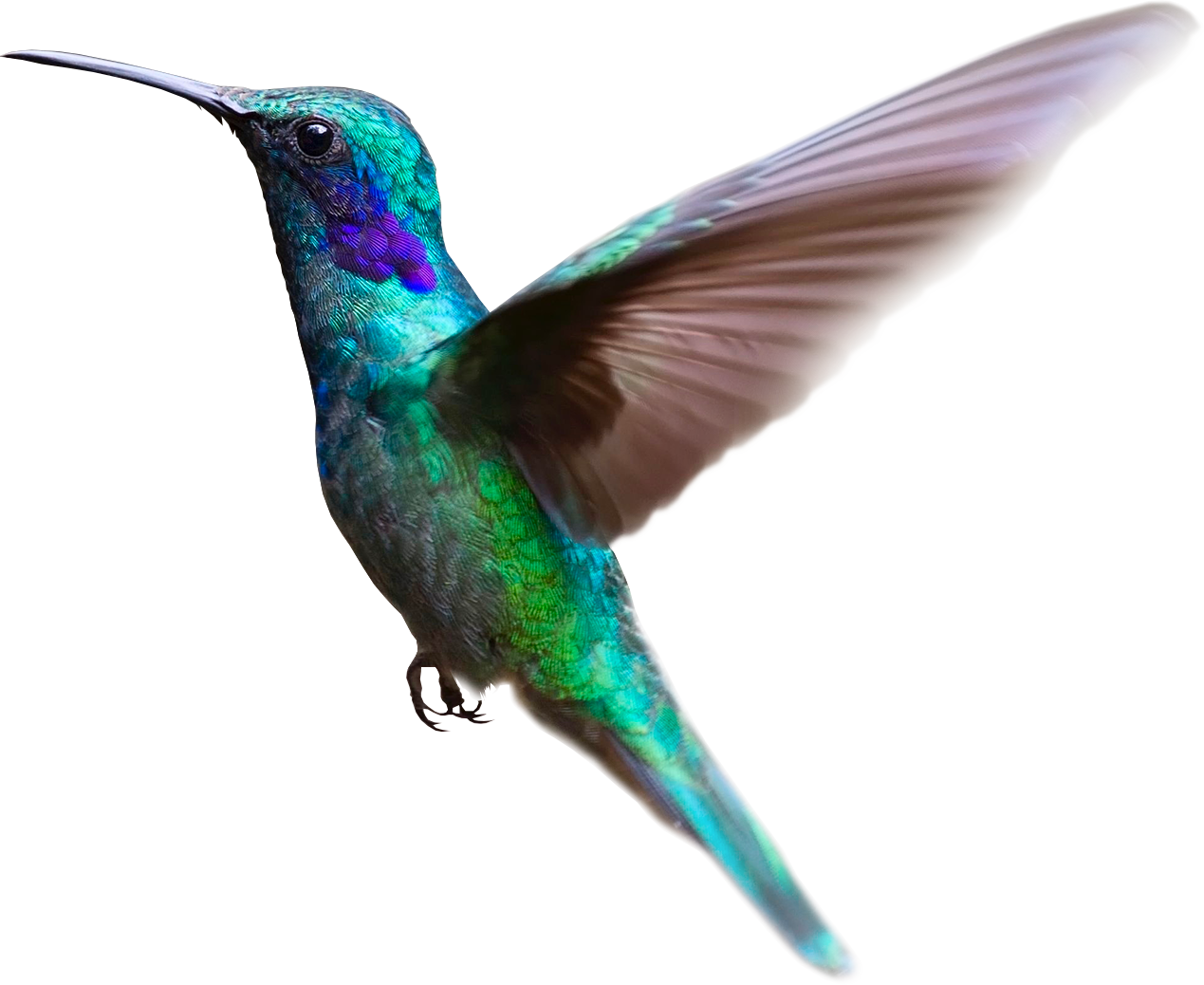
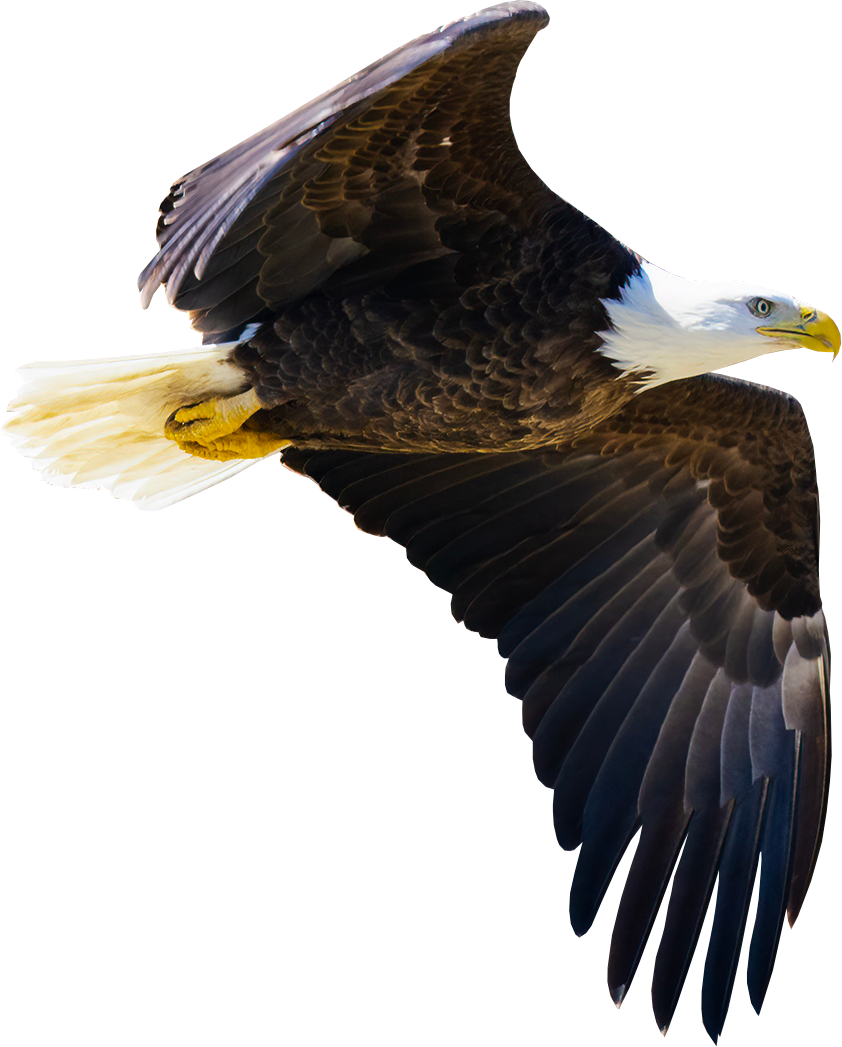
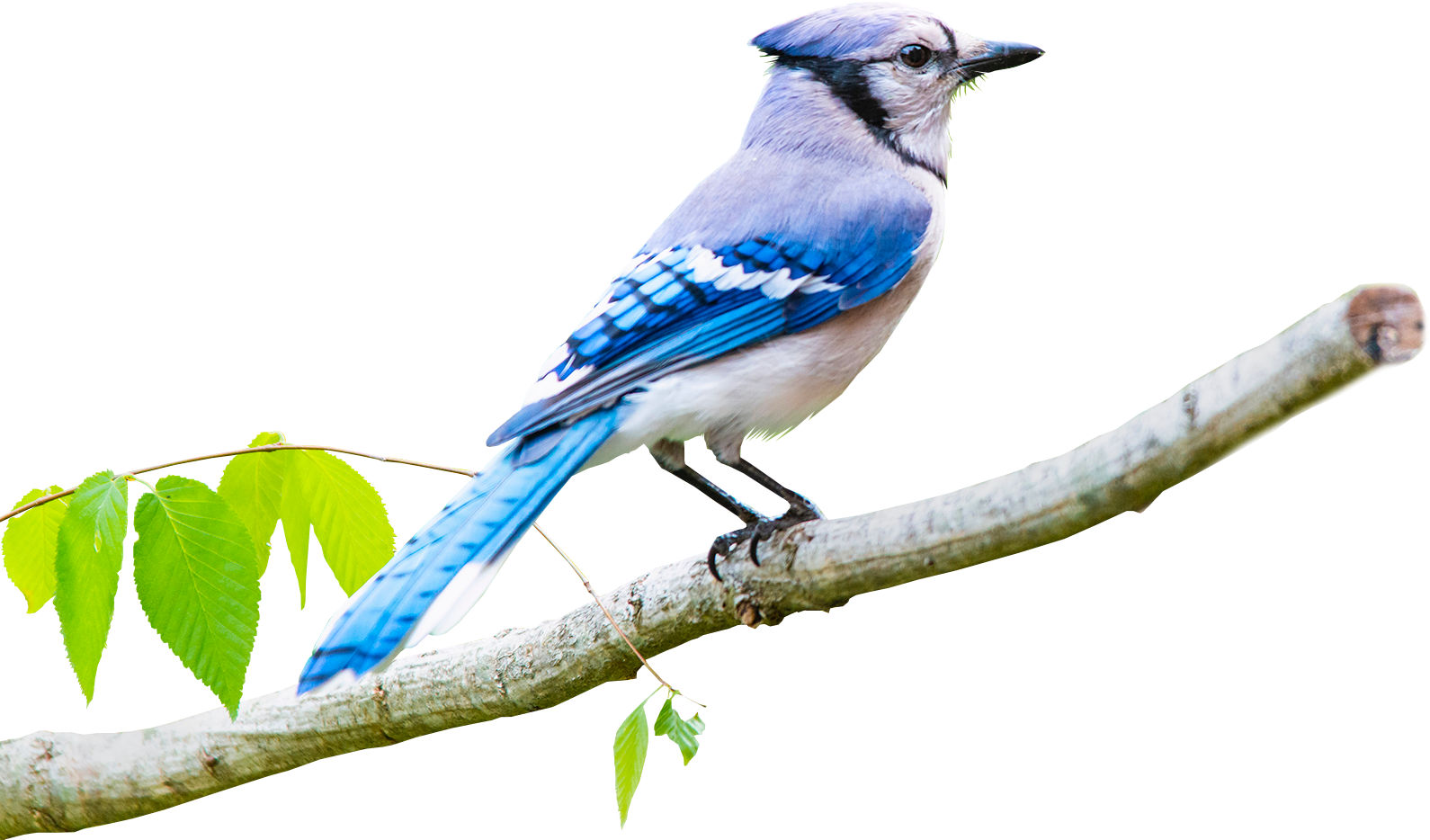
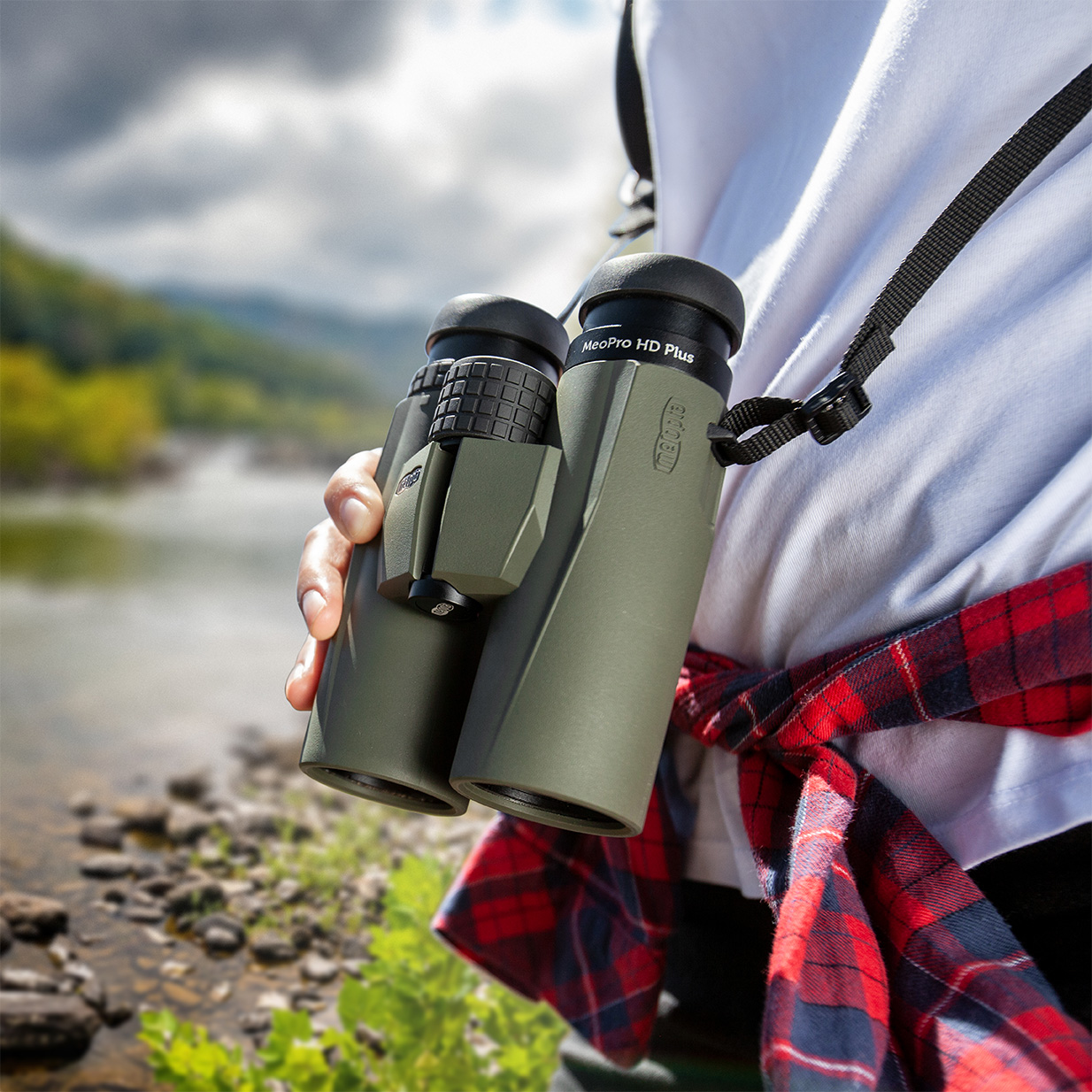
The basic ornithological binocular is primarily thought of as something marked 10×42. For binoculars, the first number indicates the magnification, and the second is the diameter of the lens. The larger the first number, the more the binocular magnifies. The larger the second number, the more light the binocular transmits. Nevertheless, the more the binocular magnifies and the larger the objective lens, the heavier it gets. Heavy optics tend to wobble in your hands, and the observed image gets blurred, which is highly undesirable when bird watching.
Choosing the suitable pair of binoculars
A beginner with a weaker body build will not make a mistake when reaching for comfortable smaller binocular (e.g., Meopta MeoStar B1 Plus 8×32). It is even better suited for observation at shorter distances, for instance, in the forest or parks, than some more magnifying binoculars as it has a wide field of view, and the observed bird doesn't fly off it that easily. However, a larger magnification such as 10x42 is worth it if you are more attracted to watching water birds on ponds or rivers.
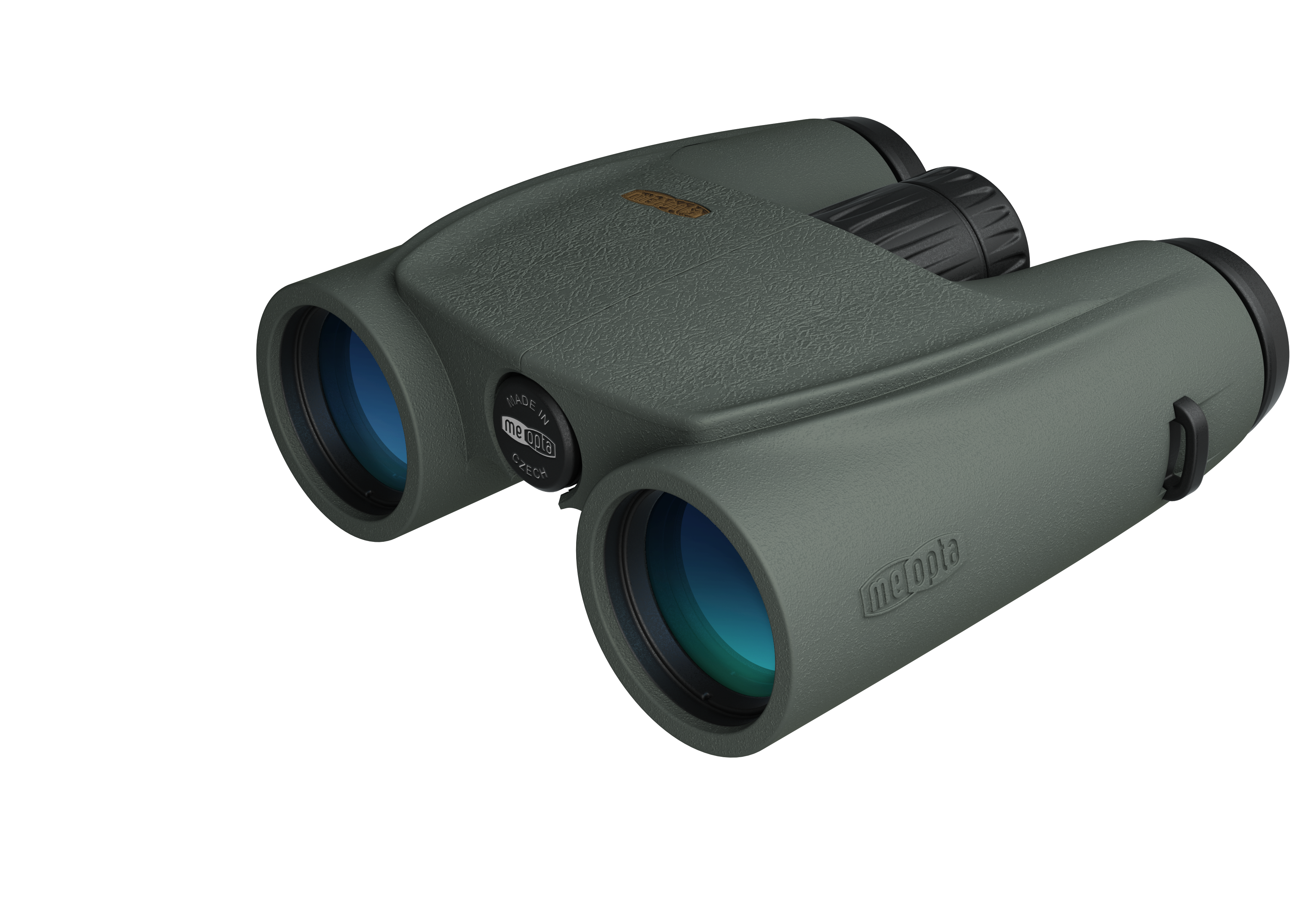
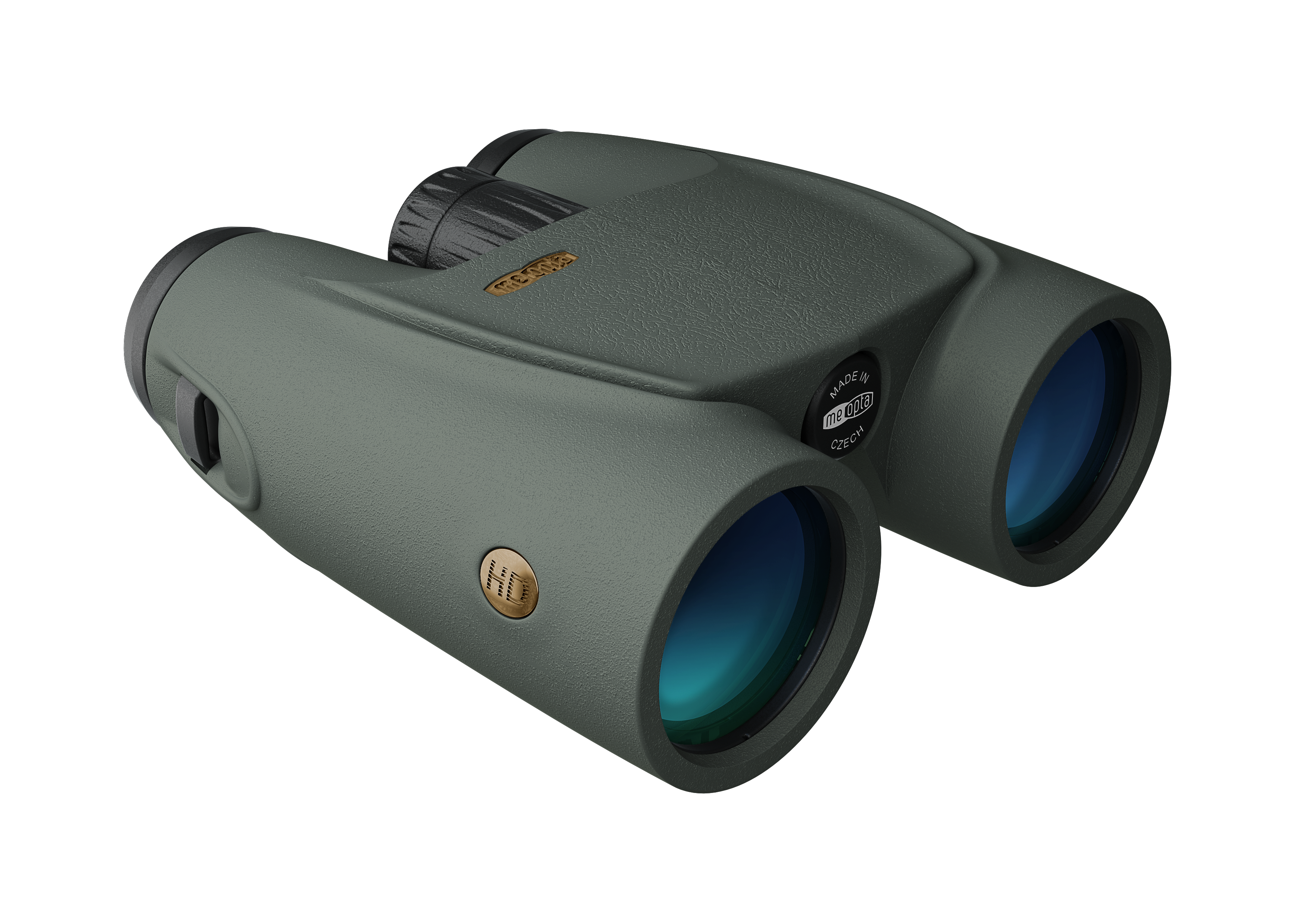
Meopta MeoStar B1 Plus 10×42 is a well-justified choice, but it's worth reaching for quality in the form of HD letters. The higher the magnification, the more crucial the HD is because it means less colour aberration and, therefore, a better image. Slightly higher costs are undoubtedly worthwhile as quality binoculars such as the Meopta MeoStar B1 Plus 10×42 HD will last many years of observation.
On the contrary, a wrong choice of binoculars can significantly spoil birders' enthusiasm, especially for children. Unless you can afford to buy slightly better binocular every six months, to possess optics able to keep up with your progress, it pays off to reach for guaranteed quality with a somewhat higher cost.
Beginner Tips
If you want to start birding, we recommend joining a local organization such as The National Audubon Society to learn basic birding techniques.
Summary of Our Top Picks
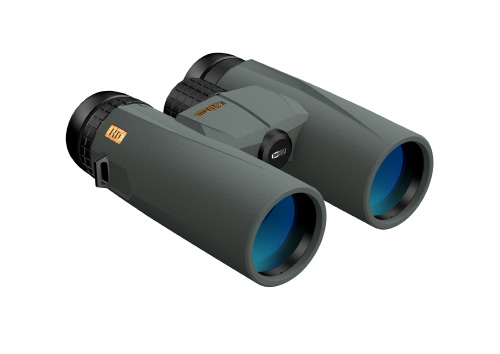
Best price and performance
MeoPro HD Plus 10X42
Versatile binos for anyone starting to get birdwatching serious! MeoPro HD Plus is the universal binocular for observation, using fluoride optical elements to provide the highest colour fidelity. In other words, a lightweight, durable optic that will keep you excited!
£44500
at meopta.eu
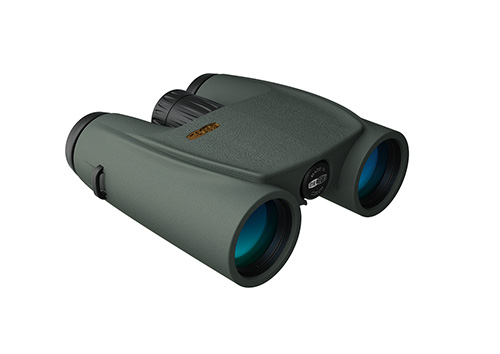
The lightest and most compact
MEOSTAR B1 PLUS 8X32
The must-have birdwatching binoculars! The MeoStar B1 Plus represents the pinnacle of premium European optics featuring extraordinary optical performance. This compact and lightweight binos can be carried round-the-clock.
£128400
at meopta.eu
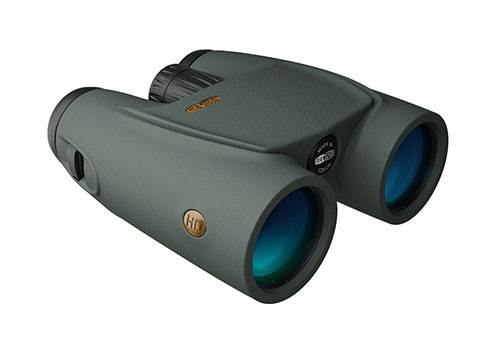
Top quality
MEOSTAR B1 PLUS 10X42 HD
For anyone who does not want to compromise! MeoStar 10×42 HD is everything you have been looking for. Binoculars with a wide field of view, superior brightness and enhanced optical performance. Suitable for observing at long distances, in the woods and on the water.
£149800
at meopta.eu
If you already know which magnification and objective lens size may suit you the best but wonder which brand to choose, we recommend looking at Meopta.
Meopta is one of the traditional manufacturers of premium European optics with a 90-year history. They offer a range of binoculars used for bird and nature observation worldwide. The current range of binoculars is available at binoculars.meopta.com.
May bird watching bring you joy and well-being!
(Source: Zdeněk Vermouzek, taken from the journal of the Czech Ornithological Society Bird World)
(c) 2022 birdwatchingoptics.co.uk
